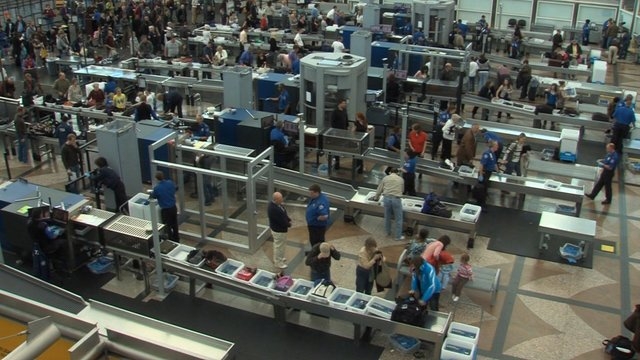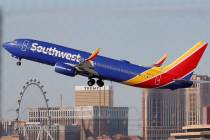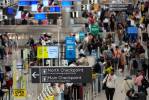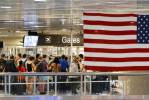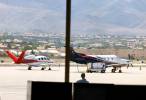What if TSA misses something before a flight?
Tens of millions put their bags on a conveyor belt, walk through a metal detector, then head to their flights at American airports each year.
But what happens when a Transportation Security Administration agent misses something in those seemingly routine checks? And, when they do, what does it say about how safe American travelers really are?
Those are the kinds of questions being asked after a security scare effectively shut down parts of Miami International Airport, where a passenger went through security only to be chased down hours later. There ended up being no threat, though there were plenty of headaches, especially for those on the 50 flights delayed as a result.
The Monday evening incident comes amid increasing attention, in the United States and elsewhere, to airport security following the October 31 crash of Metrojet Flight 9268. Some U.S. national security officials, citing intelligence information, say it's looking increasingly likely that a bomb -- somehow planted on the Russian airliner in Sharm el-Sheikh, Egypt -- brought down the plane, killing all 224 aboard.
And it comes two days after U.S. Department of Homeland Security Secretary Jeh Johnson told CNN about stepped-up efforts to make sure security is being done right.
"I want people to know that their aviation security officials working on their behalf are continually evaluating threats, potential threats," Johnson said. "And we make adjustments all the time based on what we see."
Police, FBI called in after TSA gets suspicious
The problem with what started around 5 p.m. Monday in Miami is that either the TSA agent didn't realize at first what he or she saw, or else did see something but didn't do the right thing afterward.
Everything seemed normal to start, when a passenger had his or her carry-on bags looked at at Checkpoint 2 in the South Florida airport's Terminal D.
Later, TSA staff determined that something in one of the passenger's bags was suspicious, FBI spokesman Michael Leverock said. A law enforcement official said the bag contained wires, cell phones and other items.
This realization spurred the TSA to call in police and the FBI, leading to a clampdown around Terminal D, which is the biggest at the airport. Roadways around it also were closed.
"Everyone safe," the airport tweeted after the incident. "Until all-clear, expect delays."
The all-clear didn't come until about two hours later, when authorities finally tracked down the passenger with the suspect carry-on bag and it was examined again. "The items in question were deemed safe/non-hazardous," Leverock said.
Traveler Cheri McGuire told CNN affiliate WPLG that she believes the ordeal ended when authorities took a man off her plane and led him away, an account also related by some on social media. Still, this only happened after authorities began prowling the airport in force.
"There were very large machine guns, body armor, all of that," McGuire said. "Very, very frightening."
Even if someone may have been led away, Leverock said the situation ended peacefully with "no safety issue or threat related to this incident."
"The passenger was cooperative," the FBI spokesman added, "and faces no charges."
TSA chief: 'There's work to be done'
The good news is no one was ever in danger, in this case, even if hundreds were inconvenienced as evidenced by the passengers who packed the terminal and those who crowded around airline desks to rearrange their travel plans.
But there are other recent examples of airport security snafus that could have had much more dire consequences.
Late last spring, a report by the Inspector General's office at the Department of Homeland Security found that banned items -- including explosives and weapons -- managed to get through screening in 67 out of 70 tests conducted nationwide.
Days later, a new revelation from the same office shined a spotlight on the TSA agents on the frontlines of airport security. Specifically, it found the TSA failed to identify 73 active aviation workers with links to terrorism and lacked "effective controls" to keep out those who shouldn't be involved in the process due to their criminal past or illegal status.
TSA Administrator Peter Neffenger has since told Congress that it was 69, not 73, workers and "they were not actually on ... any terrorist watch list."
Still, he acknowledged that the system isn't perfect.
Speaking specifically about the vetting of airport workers, Neffenger said, "There's work to be done there."



